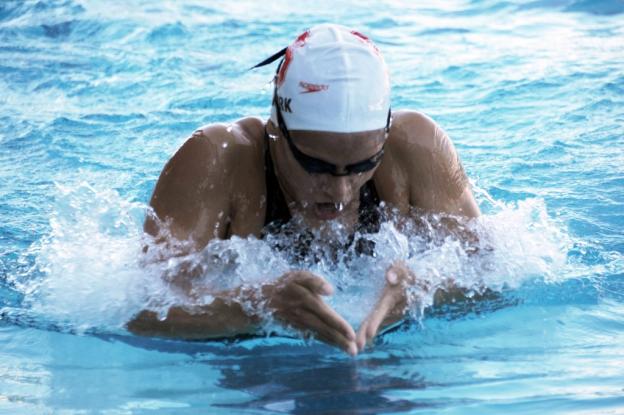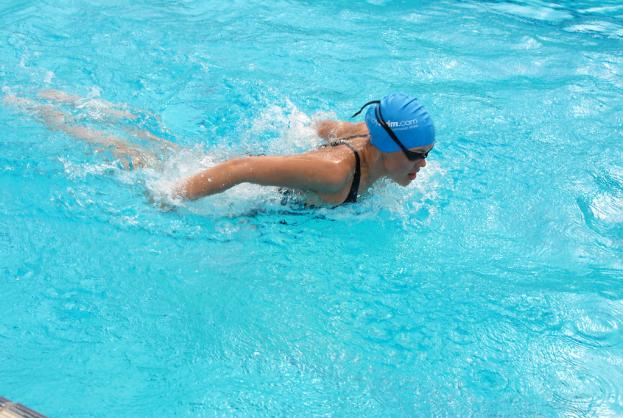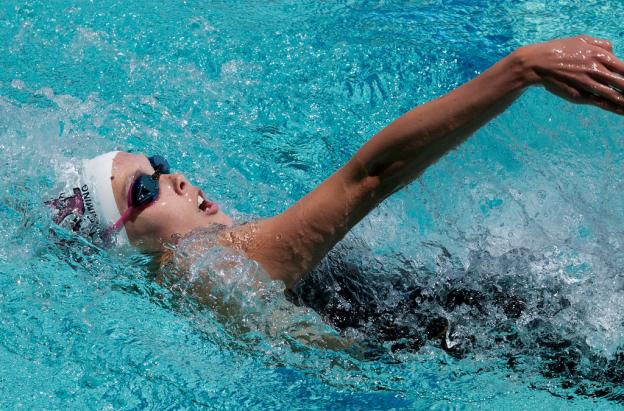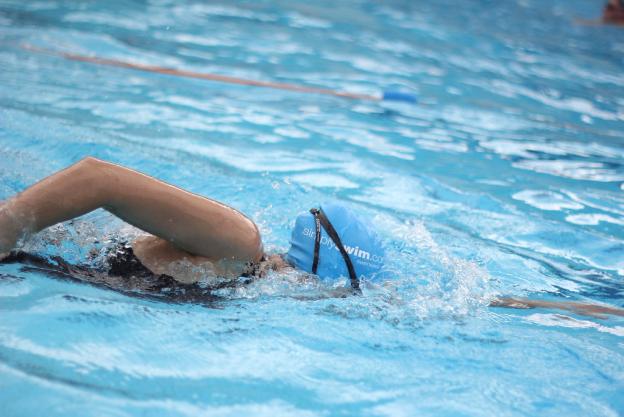Have you watched professional swimmers how they glide through the waters effortlessly? Well, they have put years of practice into swimming to reach that level of perfection. Do you find the swimming lessons given by your trainer too dull?
However, swimming in Perth does not have to be like this. Swimming is an enjoyable sport and experience provided that you learn it correctly. In this post, you can learn swimming in simple steps, while having fun.
Learning to swim
People who are beginners need to learn how to swim while those already having proficiency in swimming can improve their technique in various strokes. All the beginners need to learn the basic strokes and practice of being in the water for some time and learning to float.
After learning the basic swimming, you will be able to float in the water for a few minutes according to your stamina. After achieving some perfection, you can practice one stroke step by step, using progressive drills.
There are different swimming strokes, and you can learn each stroke one by one. The first technique is the front crawl drill. In this technique, you learn the flutter kick, which means the movement of your lower legs to create balance in the water. Then you learn to float on your chest and moving forward with your legs. After learning the chest floating, the next you learn floating on your back and sides.
All these strokes are practiced to help you practice maintaining balanced in water in different positions of your body. After attaining the balance, you can learn to make the arm movements.
Learning the front crawl
Front crawl is the fastest and most comfortable of all the swimming strokes, and as it is easy to learn, it is the favorite stroke of beginners and fitness swimmers. Beginners who want to learn swimming for the sake of staying fit start with the front crawl.
To begin with the front crawl, keep your body horizontal in water with shoulders and hips in a straight line. To maintain the correct position, you should keep your head in line with your body in water. You need to concentrate on your legs, and most of your propulsion should come from your arms, not from your legs.
However, front crawl is more than just kicking your legs and pushing the water. You need to practice your kick to maintain a good body position, drive your body’s rotation, and reduce the drag.
Learn the Breaststroke

The breaststroke is one of the first competitive swimming strokes that people learn as beginners. The reason for and advantage of teaching this stroke to beginners is that they can keep their head out of water. Therefore, they don’t face any breathing issues or no problems of water entering their nose or lungs.
It engages your arms, neck, shoulders, and legs together while swimming. To perform a breaststroke, you need to kick your legs behind you, glide a little and pull your body forward by moving your arms. By practicing this technique, you will be perfect in breaststroke within a few months.
The sequence of breaststroke enables you to practice the leg kick and arm stroke individually. It is best to practice it first out of the water and then in a pool. Both these techniques will help you practice your movements for swimming the breaststroke in a pool.
Learning the butterfly stroke

The butterfly stroke is complicated than the front crawl and breaststrokes. Also referred to as “Fly” stroke, it is the second fastest technique of swimming that requires accurate strength and rhythm. Butterfly stroke requires you to practice a lot to achieve perfection in it.
In the butterfly stroke, the swimmer needs to maintain a streamlined position. The shoulders remain horizontal, and the body moves in a wave-like shape. Swimmer bends the knees pointing the toes and relaxing the ankles to create a powerful kick.
The arm action begins with hands of the swimmer entering the water and pressing outward and downward in an S shape towards hips while coming out of water. The arms then come out perpendicular to the body and become ready to enter again in the water.
One kick supports the body with upward movement as the swimmer pulls arms and raises head for breathing. The second kick helps with the propulsion and undulation as he or she recovers the arms.
The timing and coordination should follow the sequence of the kick, pull, kick, and recover’.
Learn the Backstroke

The backstroke drills allow the swimmers to practice the flutter kick, static and dynamic balance. Swimmers need to practice floating on their back and sides. After practicing floating on the back and sides, they can add arm movements in their technique.
While practicing the backstroke, you need to keep your body flat like a plank. You need to keep your body as flat as possible on the surface of the water. The less resistance you feel in the water, the easier will be to swim.
As you learn to lay your back flat, you need to use the flutter kick. Keep your legs straight, close, and lined below your hips. Use the leg movements to propel yourself forward. Raise one leg and kick the other leg downward to create a propelling motion.
As you start kicking with your legs, keep your arms at your sides. Bring your one arm over your head, move it back and down into the water. Bring it outward in the water to propel your body forward. Repeat the complete range of motion with another arm. Both the arms should be in opposite positions to each other at a time.
Final words
Swimming is a great sport that you can learn at any age. It offers you plenty of health benefits both for body and mind. People living in Perth practice these techniques in the inground pools Perth and master them over time. The information in this post can help the beginners and experienced swimmers to learn or master the art of swimming in the right way. However, one should practice any of the technique in this post under the supervision of a qualified swimming instructor only.











